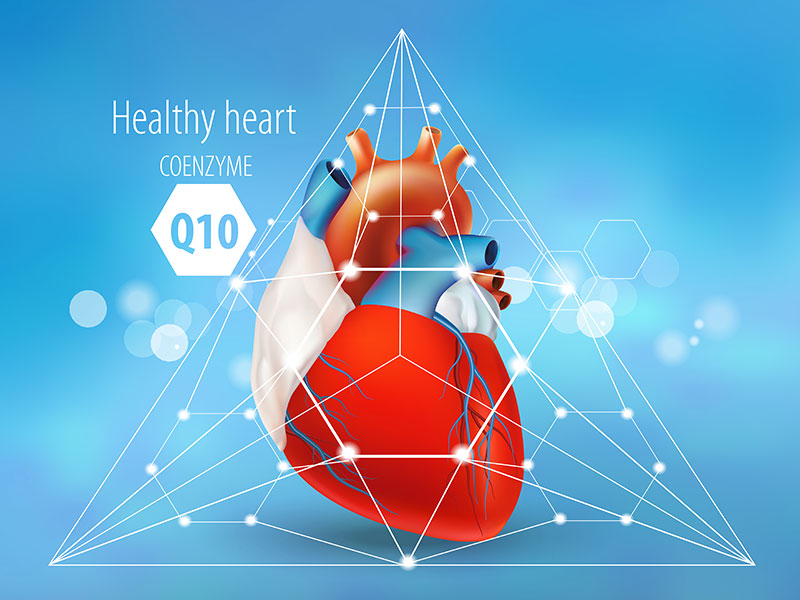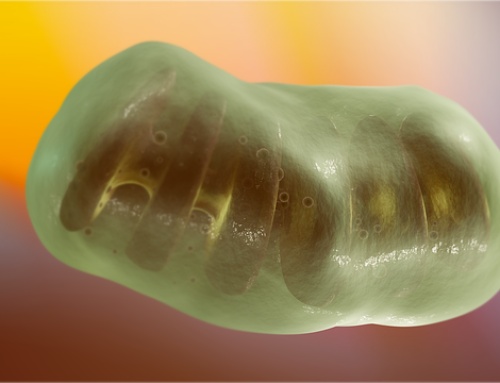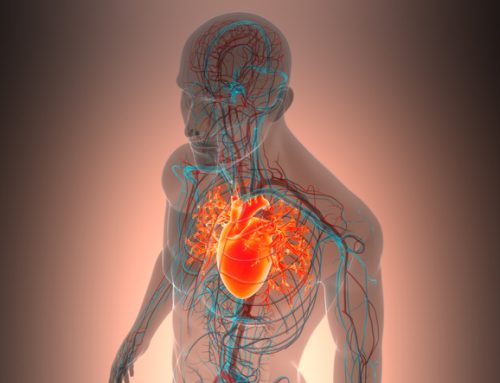
Being healthy and in good physical condition means having low levels of inflammation in our bodies. A simple blood test of the levels of C-reactive protein in our blood shows the level of inflammation. The CRP levels predict the risk of heart disease and stroke. Daily supplementation with Coenzyme Q10 and the trace element selenium has been shown to reduce CRP and inflammation levels.
Data from gold standard studies – randomized, double-blind, placebo-controlled studies – indicate that daily supplementation with Coenzyme Q10 significantly reduces the levels of C-reactive protein (CRP) in the body. Our bodies produce CRP as a by-product of the inflammation process. Consequently, increased levels of CRP in the blood indicate increased levels of inflammation.
Inflammation and increased risk of heart disease
Inflammation of our arteries is positively associated with an increased risk of heart disease and heart attack and stroke. Moreover, increased inflammation can be an indicator of other conditions such as infections and arthritis.
Evidence from large epidemiological studies
The data from the Physicians Health Study, a study of 18,000 healthy doctors, show that elevated concentrations of CRP in the blood are associated with a threefold increased risk of heart attack. The data from the Women’s Health Study show that healthy postmenopausal women with elevated CRP levels are four times as likely to suffer heart disease or stroke. In both studies, CRP levels were seen to be as accurate as or more accurate than cholesterol levels at predicting heart disease [4].
Coenzyme Q10 and CRP in the KiSel-10 study
In the KiSel-10 study, supplementation of elderly people aged 70 to 88 years with a combination of Coenzyme Q10 and selenium resulted in a statistically significant reduction in CRP levels [1]. The study enrolled 443 individuals. The individuals in the active treatment group took 200 milligrams of Coenzyme Q10 and 200 micrograms of selenium daily for four years. The individuals in the control group took placebo capsules and tablets. The researchers continued to follow the health status of the study participants for another five years on average.
The CRP levels in the control group were 4.8 nanograms per milliliter of blood at the start of the study and 5.1 ng/mL at the end of the study. By contrast, the CRP levels in the Coenzyme Q10/selenium active treatment group were 4.1 ng/mL at the start and 2.1 ng/mL at the end, signifying a significant decrease in CRP.
Moreover, the combination supplementation with Coenzyme Q10 and selenium was seen to reduce not only the inflammation levels but also the incidence of cardiovascular death. The logical conclusion is that daily supplementation of elderly people with Coenzyme Q10 and selenium reduces inflammation and the development of atherosclerosis.
Coenzyme Q10 and CRP in the Thakur sickle-cell study
In a 2013 study, Thakur, Littarru, Moesgaard, and Sindberg assigned sickle-cell patients to three groups:
- group A (homozygous)
- group B (heterozygous)
- group C (control group) [5]
The patients in groups A and B took 200 milligrams of Coenzyme Q10 daily for six months. At the end of the study, the CRP concentrations were 7.8 times decreased in group A and 1.54 times decreased in group B following the Coenzyme Q10 supplementation. Patients in groups A and B reported less fatigue and less pain than patients in group C.
Coenzyme Q10 and CRP in other randomized controlled trials
Zahed and a team of researchers tested the effect of supplementation with Coenzyme Q10 on CRP levels in dialysis patients [6]. They conducted a single-blind randomized cross-over study in which all patients received the active Coenzyme Q10 (100 mg daily) for three months and received a placebo treatment for three months with a two-week washout period in between. The effect of the active Coenzyme Q10 treatment was to reduce significantly the patients’ CRP concentrations in plasma.
Similarly, Farsi and research colleagues did a randomized, double-blind, placebo-controlled study of the effect of supplementation with Coenzyme Q10 on patients with nonalcoholic fatty liver disease, a chronic liver condition association with inflammation [3]. Patients in the active treatment group took 100 milligrams of Coenzyme Q10 daily for 12 weeks. Patients in the control group took a placebo.
The researchers took blood samples at the beginning of the study and at the end of the study. The data showed that daily supplementation with Coenzyme Q10 significantly reduced CRP levels.
Aslanabadi and co-researchers conducted a randomized controlled trials to test the efficacy of Coenzyme Q10 supplementation in preventing injury to the heart muscle following elective coronary artery surgeries [2]. The surgery patients received 300 milligrams of Coenzyme Q10 12 hours prior to their surgeries. The data from the study showed that supplementation with Coenzyme Q10 12 hours before surgery significantly decreased CRP levels.
Conclusions –- what does the research show?
- C-reactive protein levels in the blood are easy to measure.
- Elevated C-reactive protein levels are positively associated with increased levels of inflammation in the body.
- C-reactive protein levels in the blood are as accurate as or more accurate than cholesterol levels for predicting the risk of heart disease.
- Elevated levels of inflammation are positively associated with increased risk of heart disease and and heart attack and stroke.
- Data from well-designed studies show that daily supplementation with Coenzyme Q10 significantly reduces C-reactive protein levels, which are a bio-marker for levels of inflammation in the body.
Read our key article about CoQ10 and cardiovascular health in elderly people
Sources
- Alehagen, U., Lindahl, T. L., Aaseth, J., Svensson, E., & Johansson, P. (2015). Levels of sP-selectin and hs-CRP Decrease with dietary intervention with selenium and Coenzyme Q10 combined: A Secondary analysis of a randomized clinical trial. Plos ONE, 10(9), 1-16.
- Aslanabadi, N., Safaie, N., Asgharzadeh, Y., Houshmand, F., Ghaffari, S., Garjani, A., & Entezari-Maleki, T. (2016). The randomized clinical trial of coenzyme Q10 for the prevention of periprocedural myocardial injury following elective percutaneous coronary intervention. Cardiovascular Therapeutics, doi:10.1111/1755-5922.12195.
- Farsi, F., Mohammadshahi, M., Alavinejad, P., Rezazadeh, A., Zarei, M., & Engali, K. A. (2016). Functions of Coenzyme Q10 Supplementation on Liver Enzymes, Markers of Systemic Inflammation, and Adipokines in Patients Affected by Nonalcoholic Fatty Liver Disease: A Double-Blind, Placebo-Controlled, Randomized Clinical Trial. Journal of The American College Of Nutrition, 35(4), 346-353.
- Heart Disease and C-Reactive Protein (CRP) Testing. (2016). WebMD. Retrieved from http://www.webmd.com/heart-disease/guide/heart-disease-c-reactive-protein-crp-testing.
- Thakur, A. S., Littarru, G. P., Moesgaard, S., Dan Sindberg, C., Khan, Y., & Singh, C. M. (2013). Hematological Parameters and RBC TBARS Level of Q10 Supplemented Tribal Sickle Cell Patients: A Hospital Based Study. Indian Journal of Clinical Biochemistry: IJCB, 28(2), 185-188.
- Zahed, N., Ghassami, M., & Nikbakht, H. (2016). Effects of coenzyme Q10 supplementation on C-reactive protein and homocysteine as the inflammatory markers in hemodialysis patients; a randomized clinical trial. Journal of Nephropathology, 5(1), 38-43.








Leave A Comment